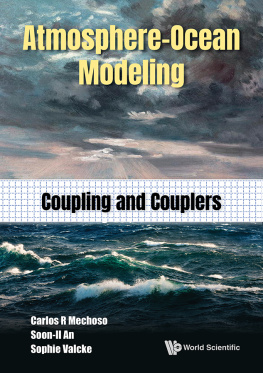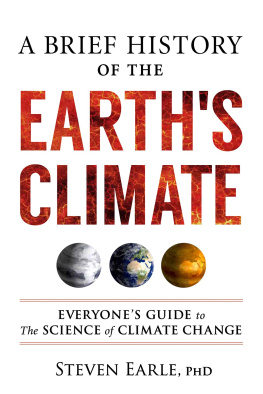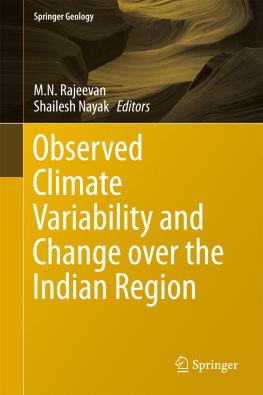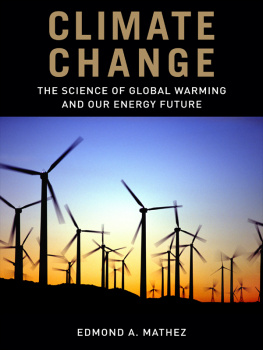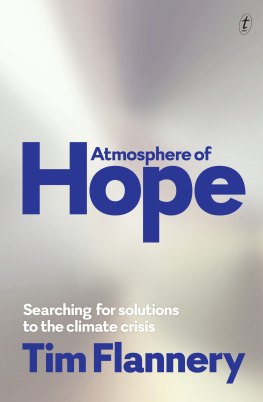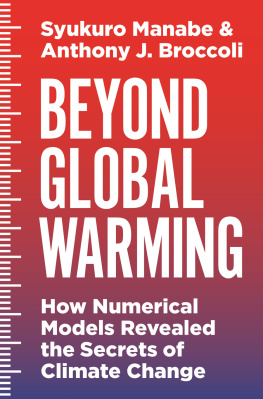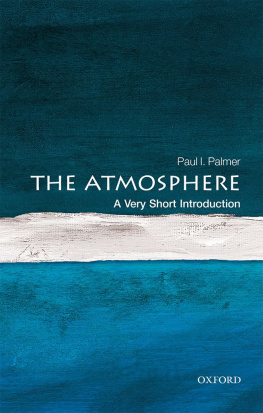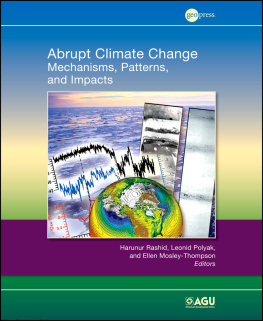Contents
Pagebreaks of the print version

Atmosphere-Ocean
Modeling
Coupling and Couplers
Atmosphere-Ocean Modeling
Coupling and Couplers
Carlos R Mechoso
University of California Los Angeles, USA
Soon-Il An
Yonsei University, South Korea
Sophie Valcke
CERFACS, France

Published by
World Scientific Publishing Co. Pte. Ltd.
5 Toh Tuck Link, Singapore 596224
USA office: 27 Warren Street, Suite 401-402, Hackensack, NJ 07601
UK office: 57 Shelton Street, Covent Garden, London WC2H 9HE
Library of Congress Cataloging-in-Publication Data
Names: Mechoso, Carlos R., 1942 author. | An, Soon-Il, author. | Valcke, Sophie, author.
Title: Atmosphere-ocean modeling : coupling and couplers / Carlos R Mechoso, Soon-Il An, Sophie Valcke.
Description: New Jersey : World Scientific, [2021] | Includes bibliographical references and index.
Identifiers: LCCN 2021014318 (print) | LCCN 2021014319 (ebook) | ISBN 9789811232930 (hardback) | ISBN 9789811234460 (paperback) | ISBN 9789811232947 (ebook for institutions) | ISBN 9789811232954 (ebook for individuals)
Subjects: LCSH: Ocean-atmosphere interaction--Mathematical models. | Climatology--Mathematical models. | Multiscale modeling. | Computational complexity.
Classification: LCC GC190.5 .M44 2021 (print) | LCC GC190.5 (ebook) | DDC 551.5/246--dc23
LC record available at https://lccn.loc.gov/2021014318
LC ebook record available at https://lccn.loc.gov/2021014319
British Library Cataloguing-in-Publication Data
A catalogue record for this book is available from the British Library.
Copyright 2021 by World Scientific Publishing Co. Pte. Ltd.
All rights reserved. This book, or parts thereof, may not be reproduced in any form or by any means, electronic or mechanical, including photocopying, recording or any information storage and retrieval system now known or to be invented, without written permission from the publisher.
For photocopying of material in this volume, please pay a copying fee through the Copyright Clearance Center, Inc., 222 Rosewood Drive, Danvers, MA 01923, USA. In this case permission to photocopy is not required from the publisher.
For any available supplementary material, please visit
https://www.worldscientific.com/worldscibooks/10.1142/12179#t=suppl
Printed in Singapore
In praise of people leaders who encourage recognition of climate change and adoption of remedial actions. In hope that there were no others.
Preface
Although the equations that govern fluid motions were known since the beginning of the Industrial Revolution, numerical solutions of geophysical problems such as Earths climate and its variability had to wait until the beginning of the Information Age. On the one hand, drawing a satisfactory picture of time changing, planetary scale phenomena involving both the atmosphere and the ocean as required for addressing the reliability of such solutions requires enormous amount of data. On the other hand, obtaining such solutions for periods of relevance to climate demands the power of supercomputers. In addition, it became clear around the middle of the last century that advances in technology did not suffice to guarantee that long-term integrations of the equations of fluid motion in the format available at the time would produce the stable solutions needed for climate applications. Hence, the equations themselves had to be modified, which required decades of work that was eventually successful. The stage was then set for the first step towards addressing the Earths climate problem with numerical models: theory, data and technology came harmoniously together and numerical models of the atmosphere were produced with a recognized ability to simulate the evolution of the atmosphere if that of the underlying ocean was assumed to be known. Almost in parallel, numerical models of the ocean were produced and proved able to provide a convincing portrait of the oceanic circulation provided that the overlying atmosphere was assumed to be known.
The next daring step was to tackle the atmosphere-ocean interactions because these are essential contributors to the Earths climate system. For example, let us say that we have developed a highly successful atmospheric model. To investigate why atmospheric behaviors were so different during two particular winters in the past, we could compare two model runs using already known ocean conditions. However, to predict a coming winter would require extrapolating ocean conditions into the future with a high risk of missing features that greatly influence atmospheric behaviors. Clearly the methodology to address this seasonal prediction problem was to obtain the oceanic conditions needed by the atmosphere from an ocean model running side by side and vice versa for the ocean. This is essentially the coupled atmosphere-ocean perspective. Initially, the behavior of coupled models showed that simply putting together models of the atmosphere and the ocean would not do. Some early attempts resulted in solutions so unrealistic that they were labeled catastrophic. This was just a temporary setback and was quickly overcome. Finally, contemporary numerical models came about and they have a documented ability to produce realistic climates although with some resilient blemishes that remain to be conquered. Today, the increased interest for detail in climate model products by societal applications results in an ever increasing demand for faster computers as well as for further development of data retrieval, sorting, and manipulation systems. On the basis of the major scientific and technological challenges that have to be overcome, we believe that the numerical simulation of climate is one of the defining scientific achievements of the Information Age.
The emphasis of the present book is on the methodologies for coupling numerical models of the atmosphere and the ocean given the different levels of complexity of the models that are coupled, rather than on the models themselves. Coupling methodologies can even determine the failure or success of the model for an intended application. There is abundant literature describing numerical models of the atmosphere and oceans, their characteristics, performance, and successes as well as difficulties. Much less has been done in putting together a unifying view of the scientific and technical aspects of the coupling and participating couplers. In this regard, the present book intends to fill a void in the current literature by presenting a basic and yet rigorous treatment of how models of the atmosphere and the ocean are put together into a coupled system.
The presentation starts by reviewing the atmosphere-ocean processes that exchange information and by introducing the models that will be mentioned. These comprise sets of equations that can be solved analytically, hybrid arrangements in which one model component is a conceptual one while the other is a highly detailed representation, and others in which both ocean and atmosphere components consist of the most advanced algorithms to date. The chapters that follow examine the models and coupling assumptions. We have organized these chapters based on increased complexity of designs and breath of applications in climate studies, i.e. from methodologies addressing concepts to very detailed frameworks intended for detailed prediction of events that impact human activity. Such a strategy allows for a better recognition of the modeling issues as well as for the gradual introduction of outstanding climate events investigated with numerical models. The strategy also allows for a better appreciation of the many aspects to consider in putting component models together vis-`a-vis the coupling problem. Two full chapters are dedicated to current efforts on the development of generalist couplers and coupling algorithms used by institutions for climate research and prediction all over the world.

